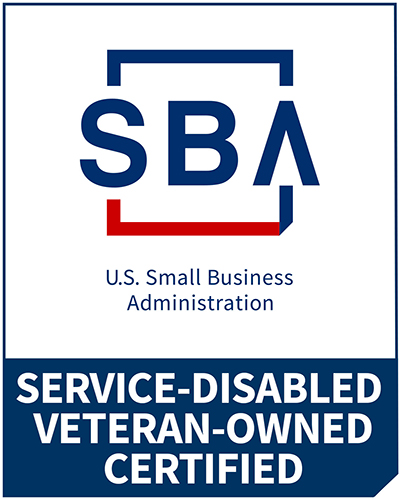In one study that used information from the Corporate Leadership Council, engagement was defined as “the extent to which employees commit to something or someone in their organization, how hard they work, and how long they stay as a result of that commitment.” Nancy R. Lockwood, the author of the study, asserted “not only does engagement have the potential to significantly affect employee retention, productivity and loyalty, it is also a key link to customer satisfaction, company reputation and overall stakeholder value.”
Lockwood shared some interesting examples related to business success: “at the beverage company MolsonCoors, it was found that engaged employees were five times less likely than nonengaged employees to have a safety incident and seven times less likely to have a lost-time safety incident. The average cost of a safety incident for an engaged employee was $63, compared with an average of $392 for a nonengaged employee.” Therefore, “the company saved $1,721,760 in safety costs” through employee engagement initiatives. These initiatives also helped them recoup performance-related costs because they found discrepancies between “low- versus high-engagement teams totaling $2,104,823.”
This research also identified three levels of employee engagement: First, “engaged employees work with passion and feel a profound connection to their company. They drive innovation and move the organization forward.” Second, “not engaged employees are essentially ‘checked out.’ They’re sleepwalking through their work day, putting time—not energy or passion— into their work.” Third, “actively disengaged employees aren’t just unhappy at work: they’re busy acting out their unhappiness. Every day, these workers undermine what their engaged co-workers accomplish.”
Recommended actions for employee engagement:
- improve career development and performance management systems
- create an inclusive work environment
- provide equal opportunities
- educate the workforce about diversity and inclusion
- broaden the acceptable leadership styles for both women and men
- address work/life needs
- reduce expectations of very long work hours
- provide role models
- rethink career paths
- support involvement in activities outside of work



